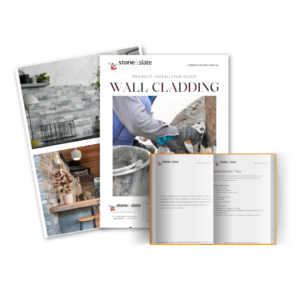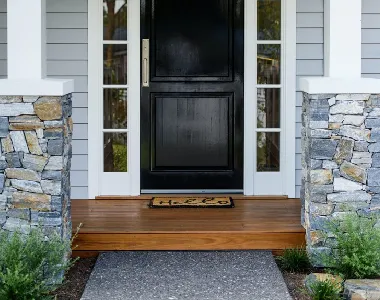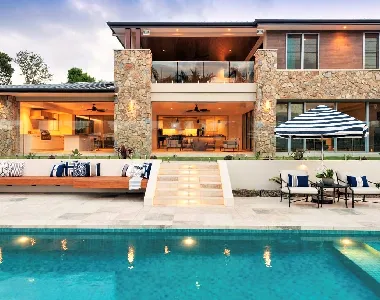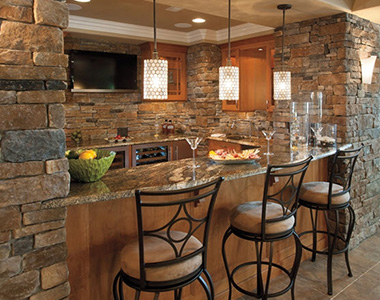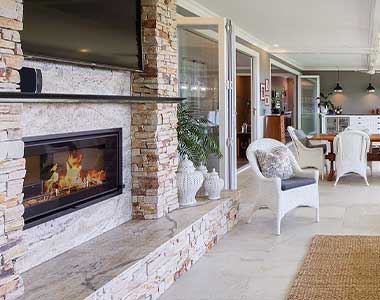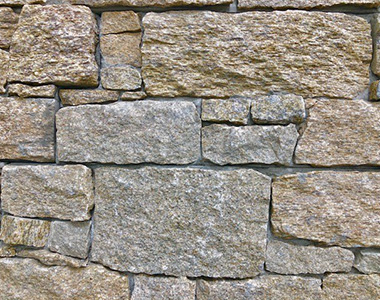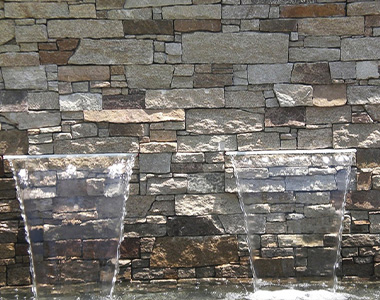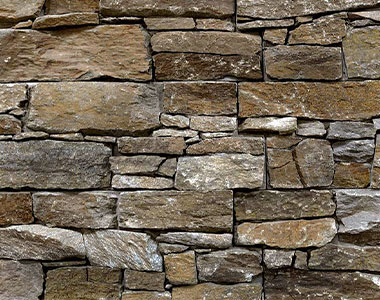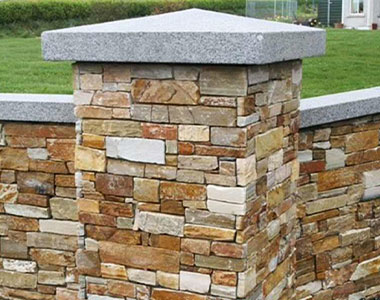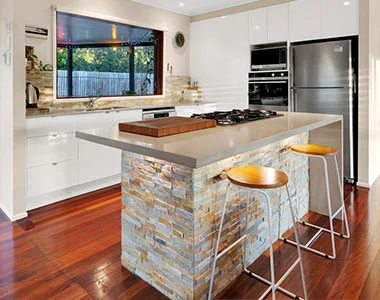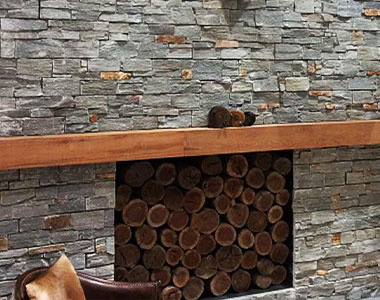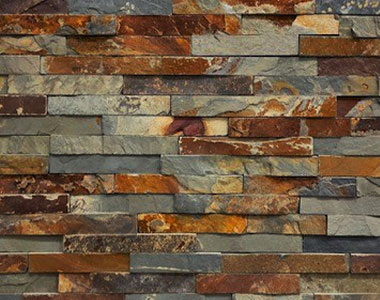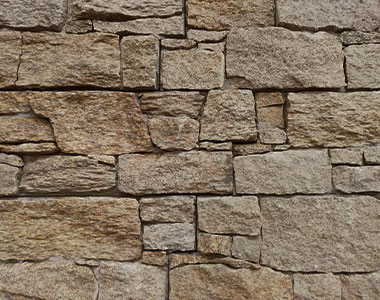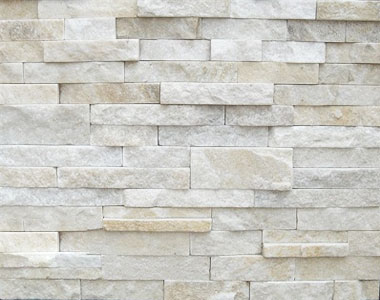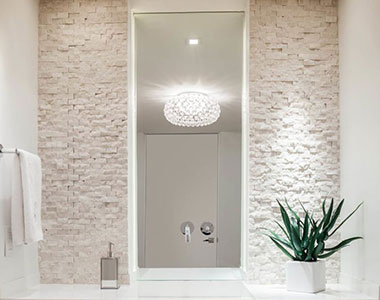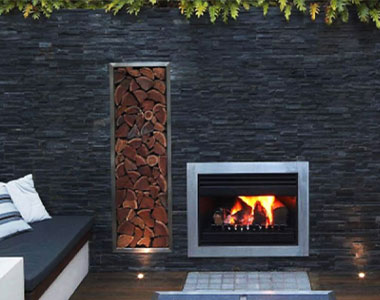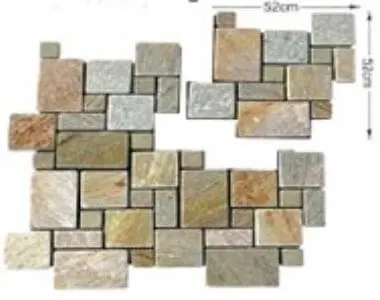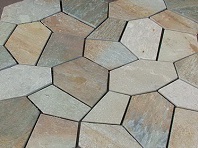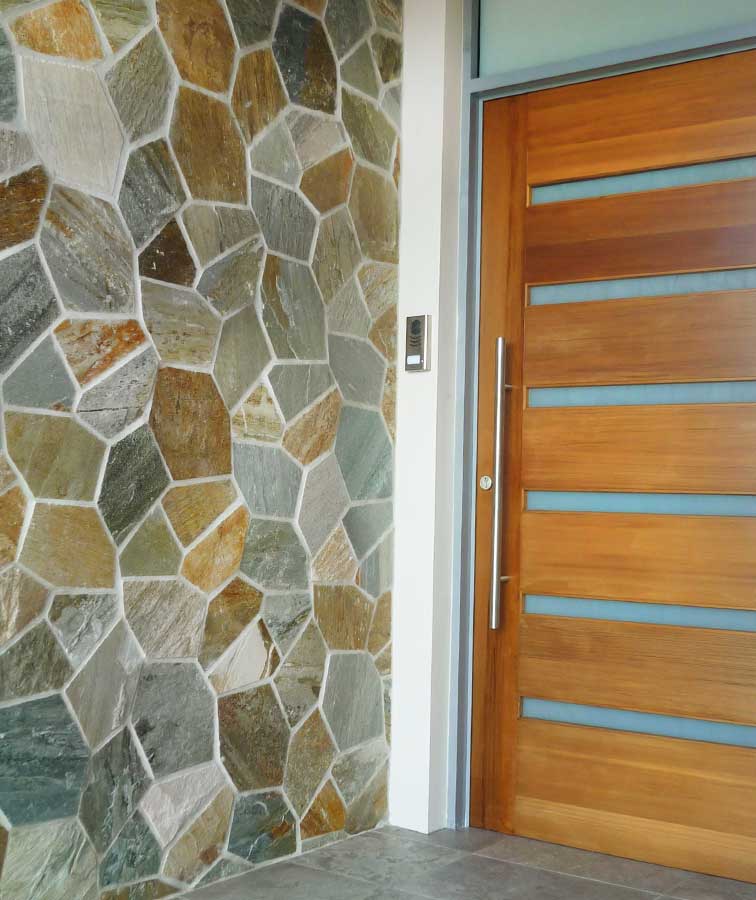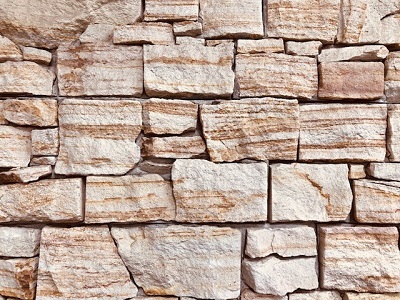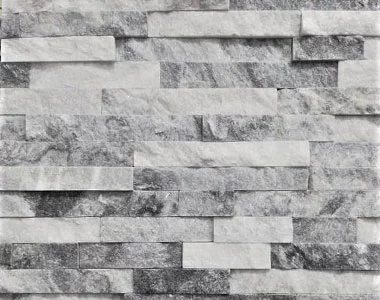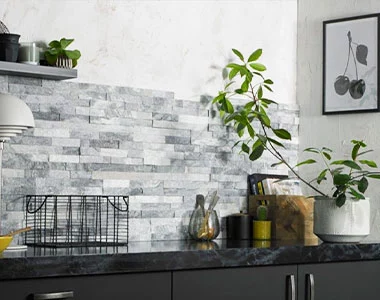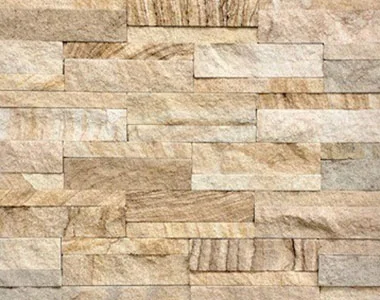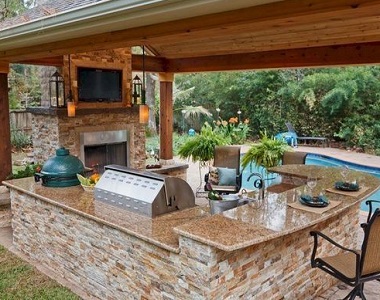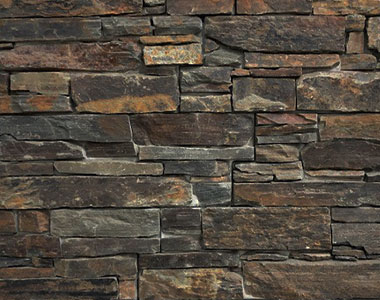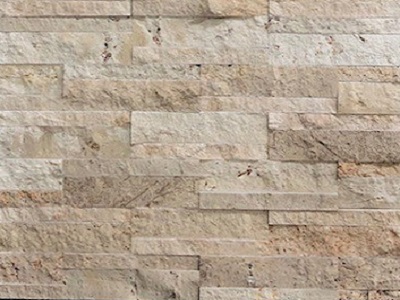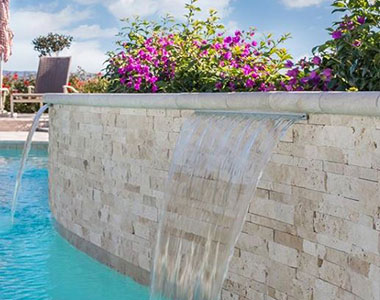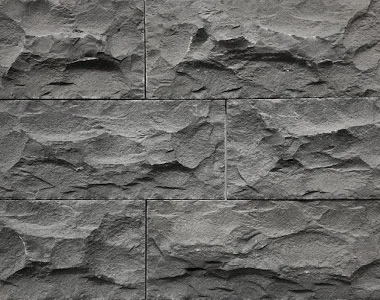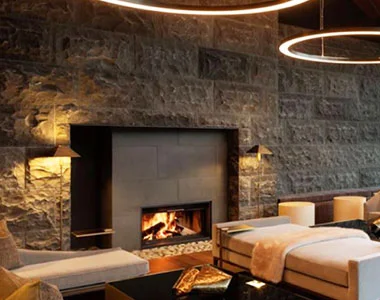



Feel free to read the blog or download our installation guide here
Guide to Installing Stone Wall Claddings
Installing natural stone wall claddings requires precision and the right tools to ensure a successful installation. Here is a step-by-step guide along with a list of tools you will need:
Tools Required:
- Wall cladding panels
- Adhesive (appropriate for your cladding material)
- Measuring tape
- Saw / Angle Grinder (if you need to cut the panels to size)
- Notched trowel (for adhesive application)
- Mixer
- BCG Stone Sheet (if no concrete wall)
- Safety equipment (gloves, safety glasses, etc.)
Installation Steps:
Please note that this is a general guide. Always follow the specific instructions provided by the manufacturer for the particular type of cladding you’re using.
Step 1: Surface Preparation
Ensure the surface where you’ll adhere the stone is free of contaminants and structurally sound, capable of supporting the weight of the stone (approximately 50kg/sqmtr).
Step 2: Clean the Stone and Wall
Thoroughly clean the back of the stone tile and the wall to remove any dust or dirt particles. If dealing with painted surfaces, sandblast or grind the paint to remove at least 90% of it.
Step 3: Waterproofing (if necessary)
Consider waterproofing the substrata in areas prone to water penetration to prevent potential structural issues. Recommended products include Mapelastic.
Step 4: Prepare the Adhesive
Mix the adhesive as per the manufacturer’s specifications. Use options like Kerabond Plus mixed with Isolastic 50 or ASA Landscape Adhesive.
Step 5: Apply Adhesive to Wall and Stone
Notch the adhesive onto the wall using a 10mm notch trowel and also apply it to the back of each stone panel (buttering). Firmly press the panels onto the wall, and immediately sponge off any excess adhesive. Avoid tiling vertically higher than 1 meter in any 24-hour period.
Step 6: Consider Weather Conditions
Avoid tiling during rainy or extremely hot weather conditions, as they can affect the adhesive’s performance.
Step 7: Check for Levelness
Ensure that the bottom row is perfectly level, and continue to check with a level as each horizontal row is completed to maintain accuracy.
Step 8: Cutting the Stone
For precise cuts, use a wet saw fitted with a continuous rim diamond blade. This provides better control and straighter cuts compared to an angle grinder.
Step 9: Incorporate Expansion Joints
Adhere to Australian tiling standards by incorporating expansion joints approximately every 2 meters in height. Properly support the bottom row of tiles using aluminum channels or concrete footing.
Step 10: Remove Excess Dirt or Dust
Before sealing, remove any excess dirt or dust from the front of the tiles using a hard bristle brush or gernie. Avoid using acid for cleaning purposes.
Step 11: Sealing the Stone
Wait for 2-3 days after tiling is completed before sealing the stone. Use a penetrating sealer that will give either a visible color change or no change at all. Spray the sealer onto the stone wall. Recommended products include Tasmans Enhance or Stone Shield sealers.
Step 12: Read the Disclaimer
Remember that the information provided in this guide is general and not comprehensive. Seek qualified professional advice from a licensed professional tailored to your specific requirements before proceeding with the installation.
Step 13: Choosing the Right Board
If you plan to use stack stone, avoid using Harditex Blue Board, as recommended by James Hardie. Instead, opt for BGC Stone Sheet 9mm, following the manufacturer’s specifications.
Following these step-by-step installation guide of our stone wall cladding will help you achieve a successful stone cladding installation that is visually appealing, structurally sound, and long-lasting.
DICLAIMER…..The information provided here is intended to be general only. It does not purport to be comprehensive. You should not act on the basis of information contained on this site without obtaining qualified professional advice from a licensed professional which can be tailored to suit your specific requirements. James Hardie, the makers of “blue board,” does not recommend the use of Harditex Blue Board for the use of stack stone, due to the weight of the stone. We recommend BGC Stone Sheet 9mm be used in accordance with the manufacturers specifications.
Shop Stackstone, Ledgestone and Loose stone cladding.
-

Ebony & Rust Loose Stone Cladding
$79.00 – $99.00 Select options This product has multiple variants. The options may be chosen on the product page -

Kakadu Loose Stone Cladding
$79.00 – $99.00 Select options This product has multiple variants. The options may be chosen on the product page -

Grampians Loose Stone Cladding
$79.00 – $99.00 Select options This product has multiple variants. The options may be chosen on the product page -


Sandstone Loose Stone Cladding
$108.90 – $139.70 Select options This product has multiple variants. The options may be chosen on the product page -


Earth Loose Stone Cladding
$79.00 – $99.00 Select options This product has multiple variants. The options may be chosen on the product page -

Grampians Ledgestone
$8.80 – $139.70 Select options This product has multiple variants. The options may be chosen on the product page -

Uluru Ledgestone Wall Cladding
$8.80 – $139.70 Select options This product has multiple variants. The options may be chosen on the product page -

Brazil Stack Stone Wall Panels
$5.00 – $69.00 Select options This product has multiple variants. The options may be chosen on the product page -

Ebony Ledgestone Wall Cladding
$8.00 – $139.70 Select options This product has multiple variants. The options may be chosen on the product page -

Kakadu Stackstone Wall Cladding
$3.85 – $66.00 Select options This product has multiple variants. The options may be chosen on the product page -


Earth Ledgestone Panel Cladding
$8.80 – $139.70 Select options This product has multiple variants. The options may be chosen on the product page -


Quartz White Stack Stone
$5.00 – $75.00 Select options This product has multiple variants. The options may be chosen on the product page -

Ebony Stack Stone Panels
$5.00 – $75.00 Select options This product has multiple variants. The options may be chosen on the product page -
Kakadu Geometric Slate Stone
Select options This product has multiple variants. The options may be chosen on the product page -

Brazil Quartz French Pattern
$130.90 Select options This product has multiple variants. The options may be chosen on the product page -


Brazil Loose Wall Cladding
$119.90 Select options This product has multiple variants. The options may be chosen on the product page -

Sandstone Ledgestone Cladding
$11.00 – $160.00 Select options This product has multiple variants. The options may be chosen on the product page -


Smokey Quartz Stackstone
$5.00 – $69.00 Select options This product has multiple variants. The options may be chosen on the product page -


Sandstone Stack Stone
$5.00 – $77.00 Select options This product has multiple variants. The options may be chosen on the product page -

Kakadu Ledgestone Wall Cladding
$8.80 – $139.70 Select options This product has multiple variants. The options may be chosen on the product page -


Travertine Stack Stone Panels
$7.15 – $99.00 Select options This product has multiple variants. The options may be chosen on the product page -


Bluestone Wall Cladding Tiles
Select options This product has multiple variants. The options may be chosen on the product page



